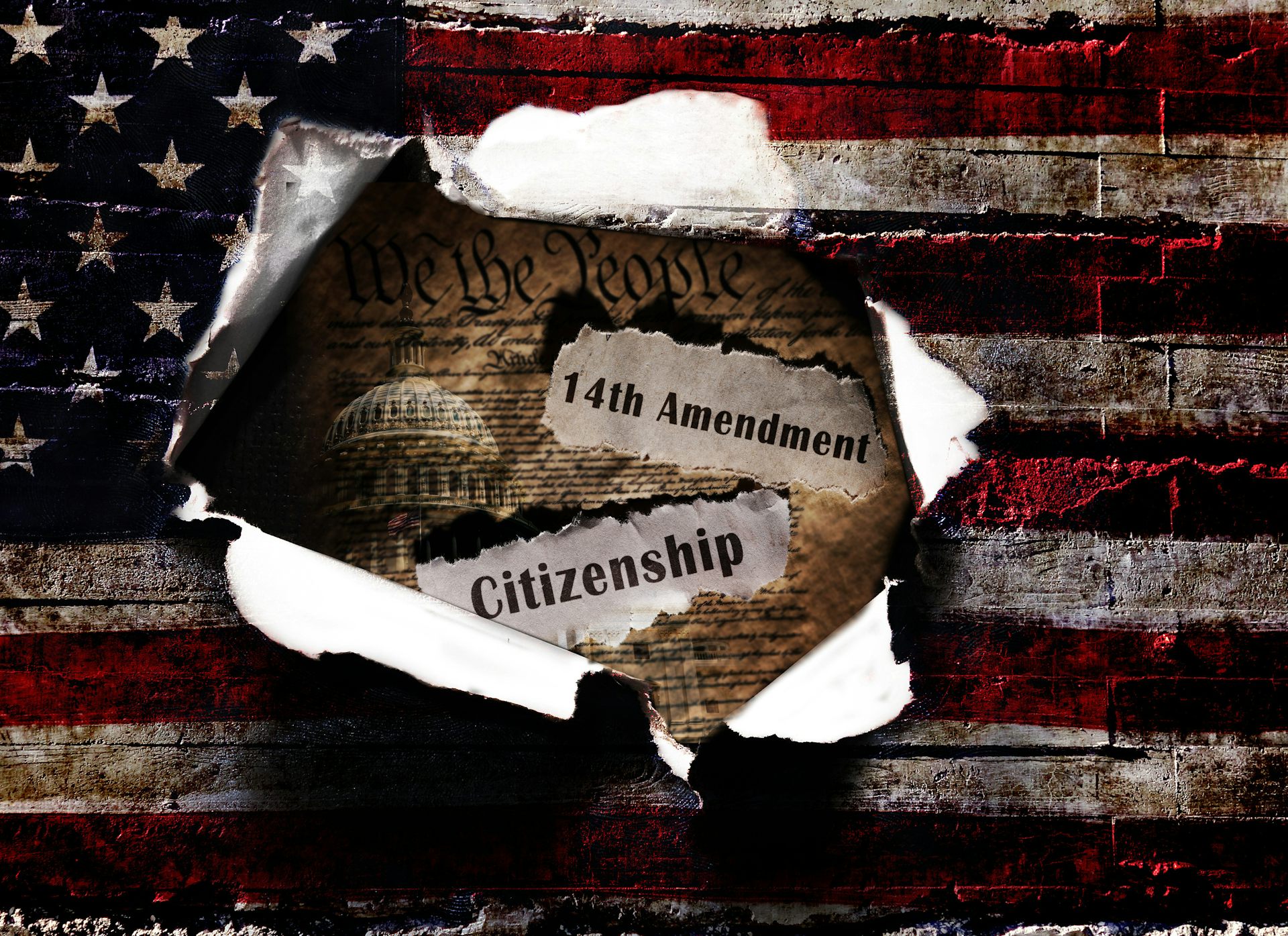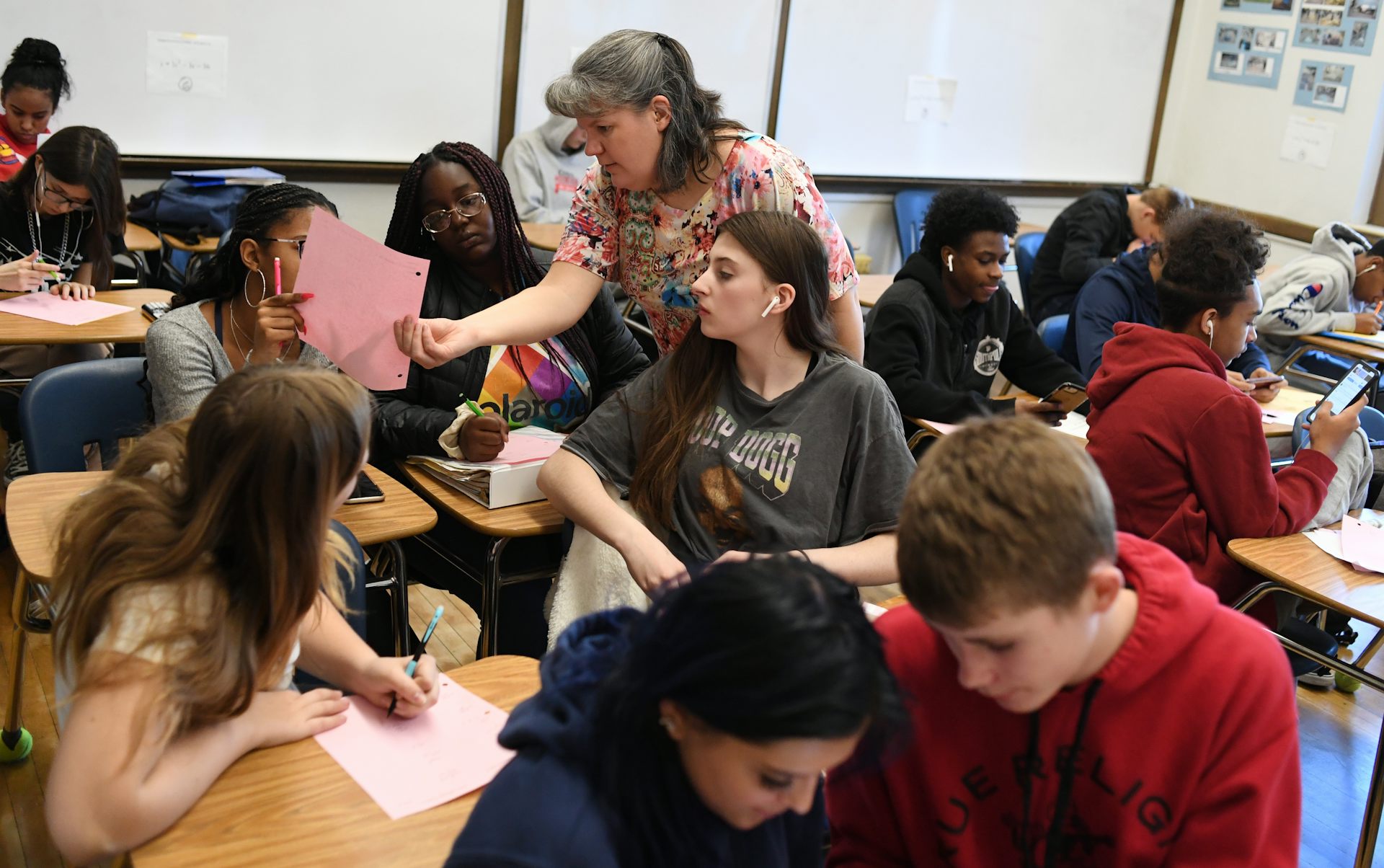Trump’s proposed cuts to work study threaten to upend a widely supported program that helps students
Federal work study creates opportunities for students and universities alike. But the program’s challenges go beyond the potential government funding cuts.

Work study works, doesn’t it?
Federal work study is a government program that gives colleges and universities approximately US$1 billion in subsidies each year to help pay students who work part-time jobs on and off campus. This program supports nearly 700,000 college students per year and is often an essential way students pay their expenses and remain in school.
The program has generally garnered broad bipartisan support since its creation in 1964.
Now, the Trump administration is proposing to cut $980 million from work-study programs. The government appropriated $1.2 billion to work study from October 2023 through September 2024.
The government typically subsidizes as much as 75% of a student’s work-study earnings, though that amount can vary. Colleges and universities make up the rest.
With no federal budget passed for fiscal year 2026 – meaning Oct. 1, 2025, through September 2026 – the future of work-study funding remains uncertain.
In May 2025, Russell Vought, director of the White House’s Office of Management and Budget, called work study a “poorly targeted program” that is a “handout to woke universities.”
As college enrollment experts with over 40 years of combined financial aid and admissions experience, we have seen how work study creates opportunities for both students and universities. We have also seen the need to change some parts of work study in order to maintain the program’s value in a shifting higher education landscape.
Work study’s roots
Congress established the Federal Work-Study Program in 1964 as part of the Economic Opportunity Act, which created programs to help poor Americans by providing more education and job-training opportunities.
Work study was one way to help colleges and universities create part-time jobs for poor students to work their way through college.
Today, part-time and full-time undergraduate students who have applied for federal financial aid and have unmet financial needs can apply for work-study jobs. Students in these positions typically work as research assistants, campus tour guides, tutors and more.
Students earn at least federal minimum wage – currently $7.25 an hour – in these part-time jobs, which typically take up 10 to 15 hours per week.
In 2022, the National Center for Education Statistics reported that 40% of full-time and 74% of part-time undergraduate students were also employed in both work-study and non-work-study jobs.

How work study helps students
Financial aid plays a critical role in a student’s ability to enroll in college, stay in school and graduate.
Cost and lack of financial aid are the most significant barriers to higher education enrollment, according to 2024 findings by the National Association of Student Financial Aid Administrators.
When students drop out of college because of cost, the consequences are significant both for the students and for the institutions they leave behind.
One other key factor in student retention is the sense of belonging. Research shows that students who feel connected to their campus communities are more likely to succeed in staying in school. We have found that work study also helps foster a student’s sense of belonging.
Work-study programs can also help students stay in school by offering them valuable career experience, often aligned with their academic interests.
Points of contention
Financial aid and enrollment professionals agree that work study helps students who need financial aid.
Still, some researchers have criticized the program for not meeting its intended purpose. For example, some nonpartisan research groups and think tanks have noted that the average amount a student earns from work study each year – approximately $2,300 – only covers a fraction of rising tuition costs.
Another issue is which students get to do work study. The government gives work-study money directly to institutions, not students. As universities and colleges have broad flexibility over the program, research has suggested that in some cases, lower-income students are actually less likely than higher-income students to receive a work-study job.
Other researchers criticize the lack of evidence showing work study is effective at helping students stay in school, graduate or pay their daily costs.
A final factor that prompts criticism is that full-time students who hold jobs often struggle to balance juggling work, school and other important parts of their lives.
Areas for possible change
Many students who are eligible for work study don’t know that they are eligible – or don’t know how to get campus jobs. There is no standard practice of how institutions award work study to students.
At some schools, the number of work-study jobs may be limited. If a student does not get a job, the school can reallocate the federal money to a different student.
Another option is for schools to carry over any unused money to students in the next academic year – though that doesn’t mean the same students will automatically get the money.
We think that schools can clear up this confusion about who receives federal work-study opportunities.
We also think that schools should explore how they are ensuring that eligible students receive work-study jobs.
Universities and colleges could also benefit from more proactively promoting work-study opportunities. For example, the University of Miami’s First Hires program educates students about work study, provides personalized outreach and supports career readiness through resume development and interview preparation.
Finally, colleges and universities could evaluate how work-study jobs align with students’ academic and career goals.
By creating clerical and professional roles within academic departments, schools can offer students relevant work experience that makes it easier for them to find work after graduation.
In an era of heightened scrutiny on student outcomes, reduced public funding and growing skepticism about the value of a four-year degree, we believe that universities could benefit from reimagining their financial aid strategies – especially work study.
Samantha Hicks is affiliated with the South Carolina Association of Financial Aid Administrators as current member and President-Elect and the Southern Association of Student Financial Aid Administrators as a current member and volunteer.
Amanda Craddock does not work for, consult, own shares in or receive funding from any company or organization that would benefit from this article, and has disclosed no relevant affiliations beyond their academic appointment.
Read These Next
The Supreme Court’s decision on birthright citizenship will depend on its interpretation of one phra
Advocates for each side will provide a different explanation for who falls under ‘the jurisdiction’…
Vaccine committee votes to scrap universal hepatitis B shots for newborns despite outcry from childr
The decision undoes a highly effective 34-year prevention strategy that has nearly eliminated early…
3 states are challenging precedent against posting the Ten Commandments in public schools – cases th
New laws mandating the Ten Commandments’ display in schools have faced lawsuits in Texas, Louisiana…






